In Hawaii, ‘The Rain Follows The Forest’
With her recent move from Alabama to Hawaii, Circle of Blue reporter Codi Yeager-Kozacek finds that, in the middle of an ocean, freshwater challenges abound.
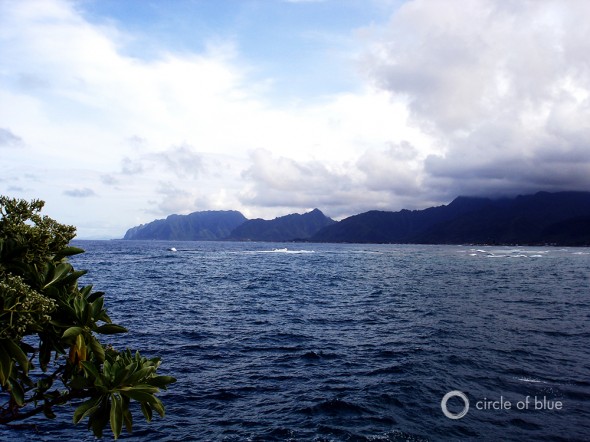
My husband and I recently relocated to the Hawaiian island of Oahu, bringing this northerner from the shores of the world’s largest system of freshwater lakes to the middle of the world’s largest ocean. Water isn’t hard to find here — the Pacific covers one-third of the globe, a larger area than all of the Earth’s land put together — but the fresh kind is.
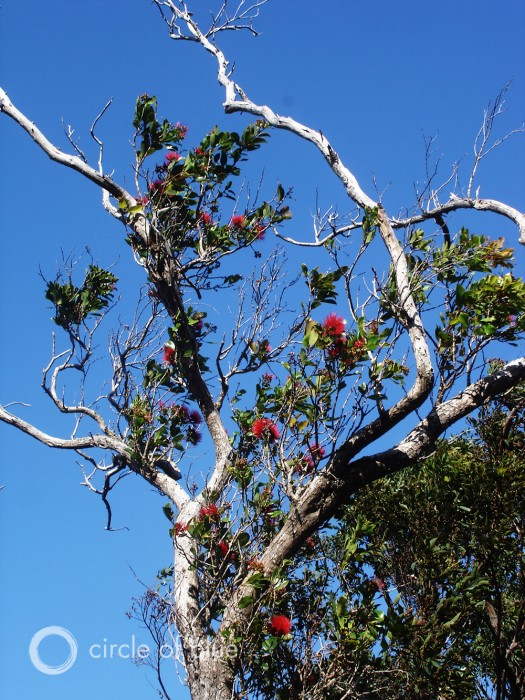
Seasons in Hawaii, like many tropical and subtropical regions, are divided by water instead of temperature — rainy and dry, not winter and summer.
On Oahu, the island is also geographically divided by water resources. Areas of the lush Ko’olau Mountain range on the island’s Windward side can receive as much as 6,000 to 7,000 millimeters (236 to 275 inches) of rain in a year, compared to a scarce 500 to 800 millimeters (20 to 31 inches) on the dry Leeward side. That rain has historically been captured by Oahu’s mountain forests, recharging streams and groundwater reservoirs that provide fresh water to the whole island. But the forests have come under increasing pressure from invasive plant species and feral livestock over the past century.
For example, the invasive strawberry guava plant evapo-transpires 27 to 53 percent more water than native forests, according to Hawaii’s Department of Land and Natural Resources (DLNR). Furthermore, groundwater head levels in Pearl Harbor have declined by half since 1910, and rainfall has decreased 12 percent in the last 20 years.
In response, the state government launched an initiative in 2011 that aims to protect and revitalize Hawaii’s forests and watersheds. It is called “The Rain Follows The Forest,” after an old Hawaiian proverb that recognized the important relationship between the island’s vegetation and its life-sustaining fresh water.
The Hawaiian Archipelago represents just a few of the thousands of islands that are scattered across the Pacific, and, as a Circle of Blue reporter, I’ve been educating myself about freshwater challenges faced by island life. A report released in March by the Asian Development Bank (ADB) and the Asia-Pacific Water Forum found that more than 75 percent of countries in Asia and the Pacific lack sufficient water security, though the issues faced by each subregion vary greatly — from sanitation and household water access to environmental water stress and water-related natural disasters — and the responses vary as well. For example, as Circle of Blue covered last summer, the Philippine capital of Manila is experimenting with water privatization to improve supply to its residents.
The data are still humbling: only 21 percent of the population in the Pacific have access to a piped water source. Furthermore, the ADB report found that the Pacific Islands, of the subregions analyzed, are most at risk from water-related disasters. Sea level rise due to climate change is also a very real threat for many islands.
I am looking forward to covering this unique and diverse part of the world for Circle of Blue.
If you live, work, or play in the Asia-Pacific region, or just if you have thoughts about it, I would love to hear from you about the water challenges and solutions that you feel are important to the area. Contact Codi Yeager
–Codi Yeager-Kozacek
Circle of Blue reporter
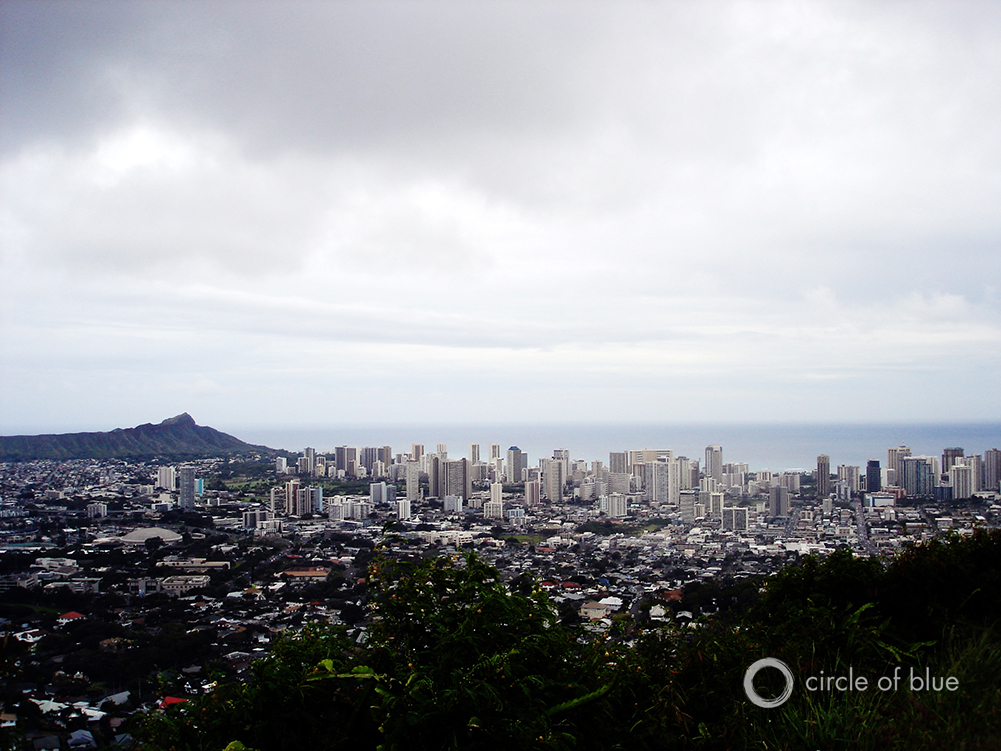
A news correspondent for Circle of Blue based out of Hawaii. She writes The Stream, Circle of Blue’s daily digest of international water news trends. Her interests include food security, ecology and the Great Lakes.
Contact Codi Kozacek


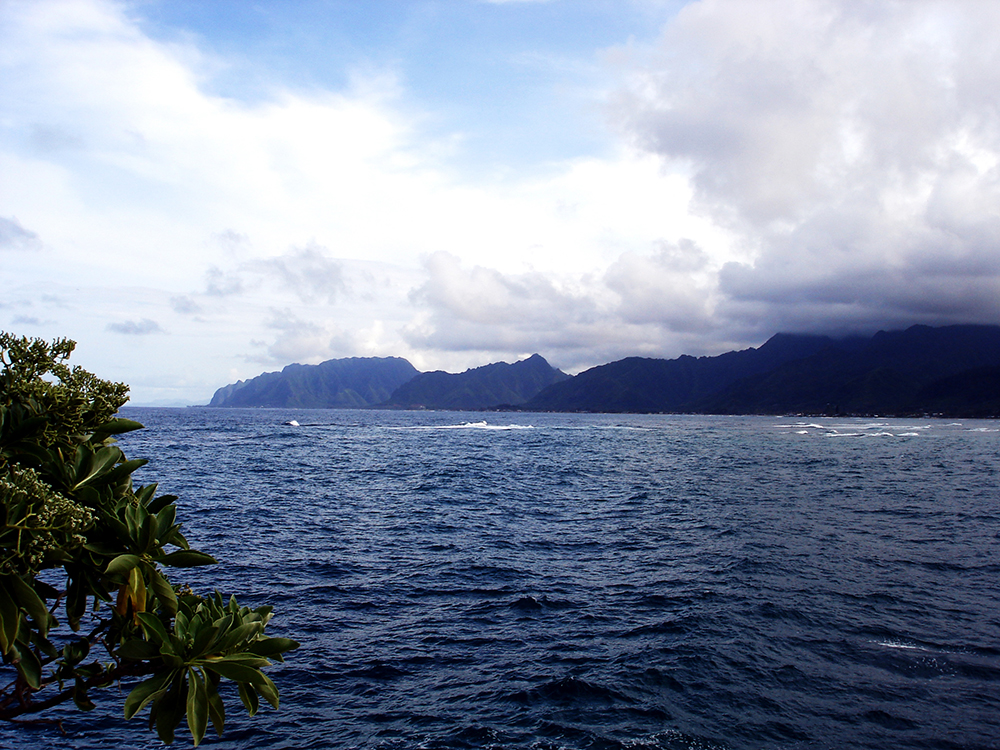
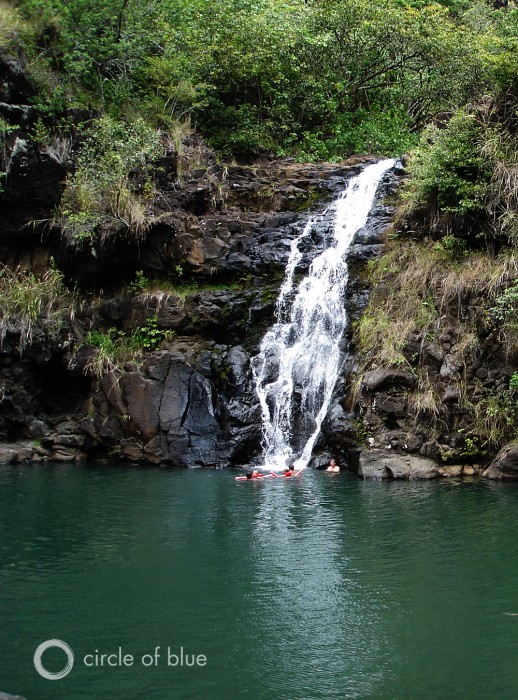

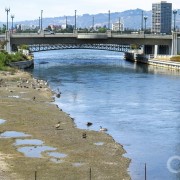
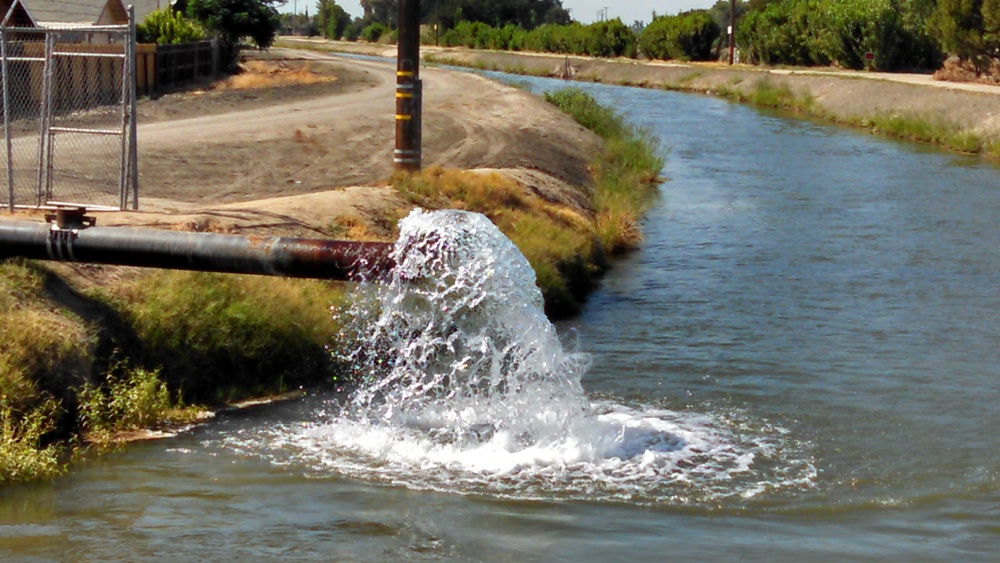
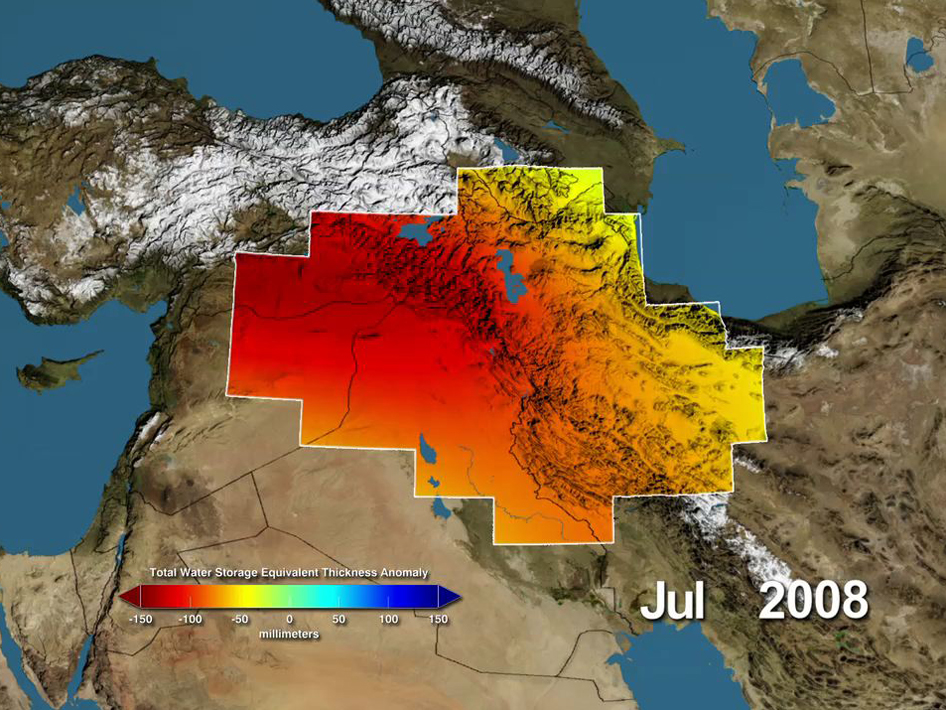
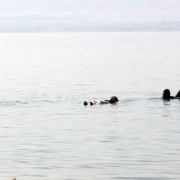

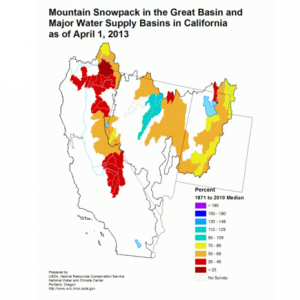
Leave a Reply
Want to join the discussion?Feel free to contribute!